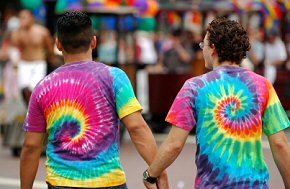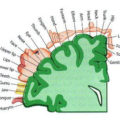
For the first time, researchers have used a specialized camera to measure pupillary changes in people watching erotic videos, the changes in pupil dilation revealing where the participant is located on the heterosexual-homosexual spectrum. The researchers at Cornell University who developed the technique say it provides an accurate method of gauging the precise sexual orientation of a subject. The work is detailed in the journalPLoS ONE.
Previously, researchers trying to assess sexual orientation simply asked people about their sexuality or used intrusive physiological measures, such as assessing their genital arousal.
“We wanted to find an alternative measure that would be an automatic indication of sexual orientation, but without being as invasive as previous measures. Pupillary responses are exactly that,” says lead researcher Gerulf Rieger. “With this new technology we are able to explore sexual orientation of people who would never participate in a study on genital arousal, such as people from traditional cultures. This will give us a much better understanding how sexuality is expressed across the planet.”
Experimenting with the technique, the researchers found heterosexual men showed strong pupillary responses to sexual videos of women, and little to men. Heterosexual women, however, showed pupillary responses to both sexes. This result confirms previous research suggesting that women have a very different type of sexuality than men.
Interestingly, the new study sheds new light on the long-standing debate on male bisexuality. Previous notions were that most bisexual men do not base their sexual identity on their physiological sexual arousal but on romantic and identity issues. Contrary to this claim, bisexual men in the new study showed substantial pupil dilations to sexual videos of both men and women.
“We can now finally argue that a flexible sexual desire is not simply restricted to women – some men have it, too, and it is reflected in their pupils,” said co-researcher Ritch C. Savin-Williams. “In fact, not even a division into ‘straight,’ ‘bi,’ and ‘gay’ tells the full story. Men who identity as ‘mostly straight’ really exist both in their identity and their pupil response; they are more aroused to males than straight men, but much less so than both bisexual and gay men.”
Related:
Discuss this article in our forum
Samoan study reveals possible evolutionary role for homosexuality
MRI scans reveal diverse female sexual sensory palette
Empirical evidence for homophobia’s link to repressed same-sex attraction
Mind and body clash over sexual arousal


















Comments are closed.